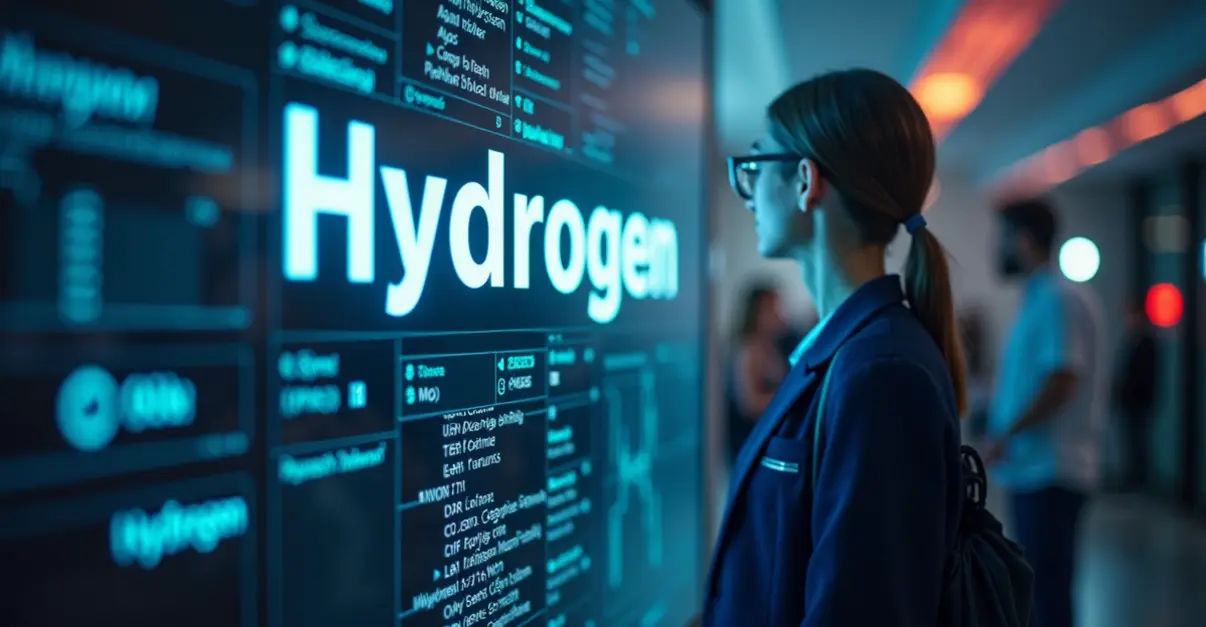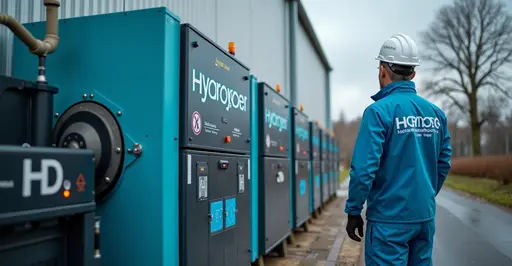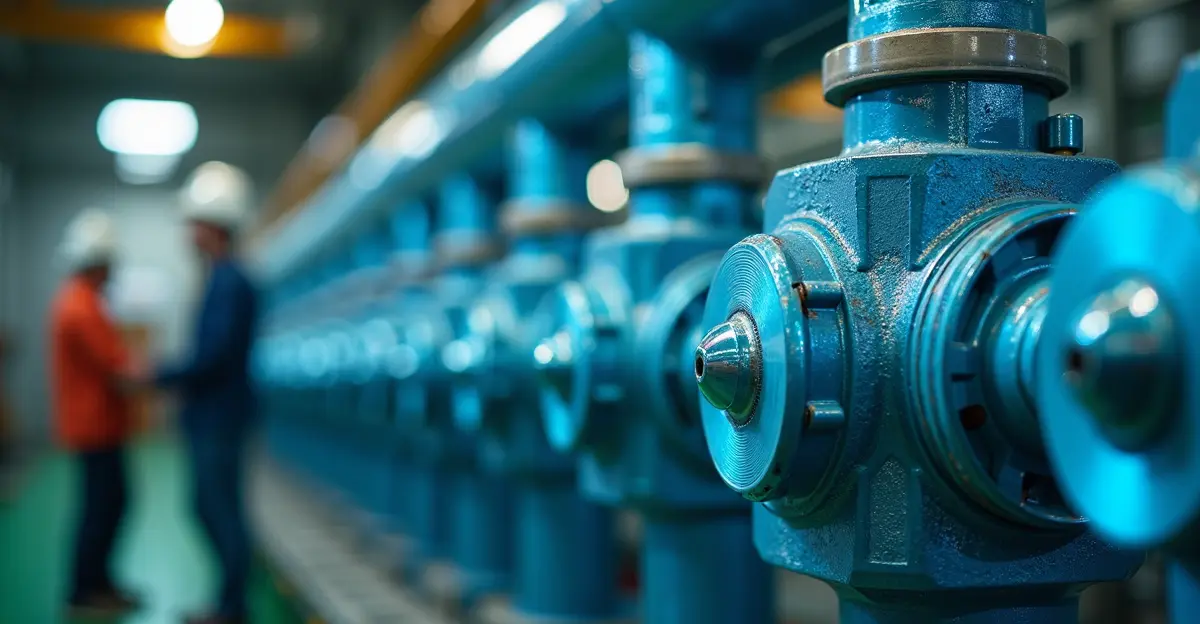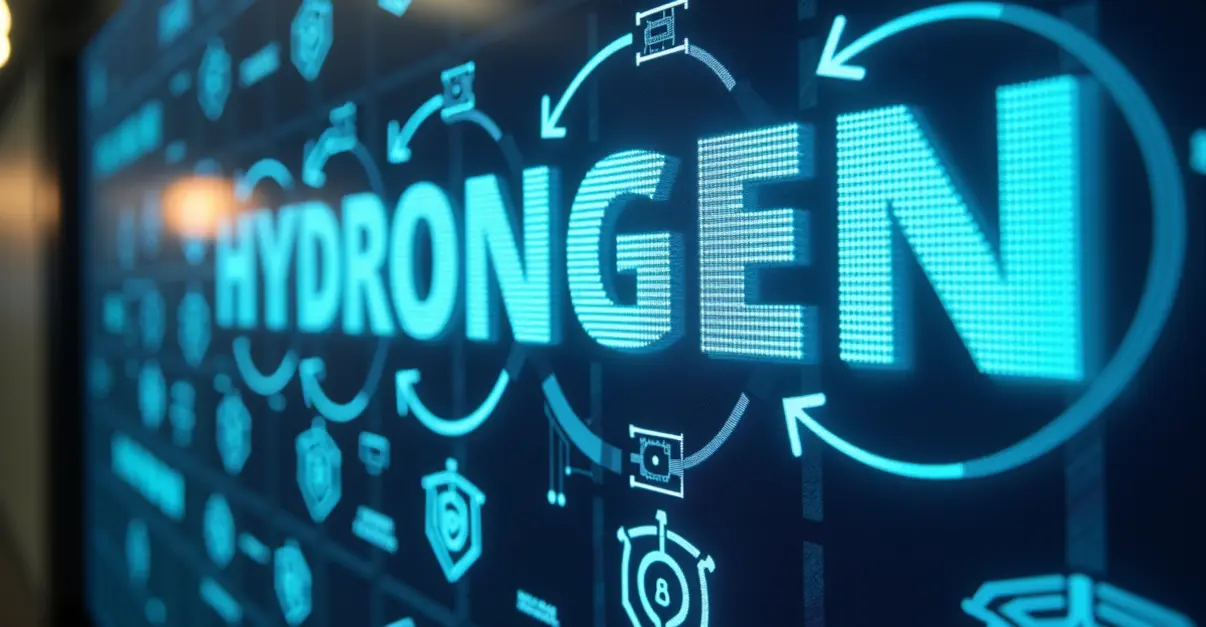Large-scale renewable hydrogen projects face critical financing gaps and offtake contract challenges despite record investment. Policy incentives from EU and US governments are driving development, but manufacturing scale-up and binding commercial agreements remain significant barriers to meeting 2030 decarbonization targets.

The Hydrogen Economy's Critical Crossroads
The renewable hydrogen sector is experiencing unprecedented growth, with projections showing clean hydrogen production could reach 38 million tonnes per annum by 2030, including 25Mtpa of green hydrogen. This represents a dramatic increase from current levels of less than 1Mtpa, but significant challenges remain in securing adequate financing and binding offtake agreements for large-scale electrolyser projects.
Financing Gaps Threaten Project Viability
According to recent analysis from RMI, five major gaps are hindering clean hydrogen finance in 2025. These include performance data scarcity due to rapid scaling from kilowatts to gigawatts without intermediate pilot projects, and offtake expectations mismatch where traditional 1-2 year contracts don't align with needed 10-20 year commitments. 'The return expectations misalignment between infrastructure-like returns and software-like expectations creates significant investment barriers,' explains a senior energy analyst.
The capital cost of electrolysers contributes $1.5-$3.5/kg to hydrogen costs depending on operational mode, with total green hydrogen production costs approaching $6/kg according to CRU Group analysis. This reality has shifted attention back to carbon capture and nuclear as alternative decarbonization options.
Offtake Agreement Challenges
Despite over 5 million tonnes per annum of low-carbon hydrogen projects reaching Final Investment Decision (FID), critical gaps persist between preliminary commitments and binding commercial agreements. Recent deals like ExxonMobil and Marubeni's 250,000 tonnes of low-carbon ammonia annually and RWE-TotalEnergies' 15-year green hydrogen contract demonstrate progress, but most activity remains non-binding.
'Hydrogen contracts face unique challenges including shorter 10-15 year terms compared to traditional energy deals, cross-commodity indexation creating pricing instability, and inadequate force majeure provisions for hydrogen-specific risks,' notes a legal expert specializing in energy contracts.
Policy Incentives Driving Development
The European Hydrogen Bank's inaugural competitive bidding process allocated €720 million to seven renewable hydrogen projects across Finland, Spain, Portugal, and Norway. These projects will install 1.5 GW of electrolyzer capacity, producing 1.58 million tons of green hydrogen over ten years while avoiding over 10 million tons of CO2 emissions.
According to research published in ScienceDirect, both the European Union and United States have implemented comprehensive subsidy frameworks. The US Inflation Reduction Act Section 45V and European Hydrogen Bank auctions are built upon "three pillar" regulations requiring additionality, temporal correlation, and geographical correlation to ensure hydrogen production meets decarbonization goals.
Manufacturing Scale-Up Requirements
The industry faces a 'chicken and egg' dilemma where manufacturers built capacity anticipating demand that hasn't materialized due to project delays and cancellations. Scaling up electrolyser manufacturing capacity requires a 15-30-fold increase to 170-365 GW by 2030, necessitating building new Gigafactories with 22-50 GW annual capacity each year through 2030.
'Europe must accelerate projects and streamline permitting processes to remain competitive against global initiatives like the US Inflation Reduction Act,' emphasizes a project developer involved in multiple European hydrogen initiatives.
Future Outlook
While the hydrogen economy shows significant promise for decarbonizing hard-to-abate sectors, the path forward requires addressing fundamental financing and contractual challenges. Market developments including data-sharing systems, tactical financial solutions like interest rate step-ups and mini-perm loans, and blended capital structures for risk-sharing are emerging as potential solutions to bridge current gaps.
The sector's heavy reliance on government subsidies introduces contractual complexities not seen in traditional energy markets, while transportation arrangements expose infrastructure dependencies. These fundamental issues threaten to undermine the hydrogen sector's projected growth trajectory despite record investment levels.

 Nederlands
Nederlands
 English
English
 Deutsch
Deutsch
 Français
Français
 Español
Español
 Português
Português









